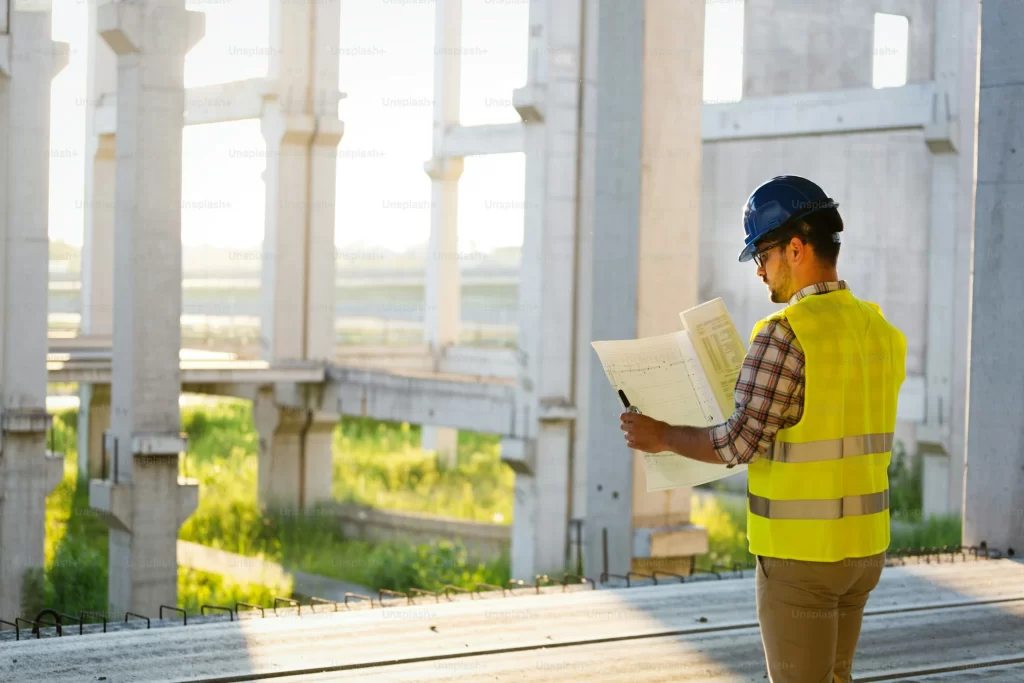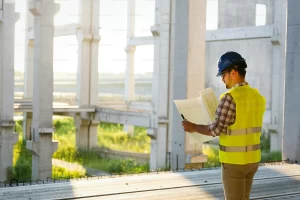Understanding Land Zoning is crucial if you are thinking about building/owning a piece of land / building in Indonesia. This is because certain lands have certain characteristics and functions that might or might not allow you to conduct certain activities. In this article, we’ll be taking reference from regional regulations in Bali to cover all you need to know about this topic to provide you with a better understanding of agrarian law, here in Indonesia.
What is Land Zoning?
According to Article 1 (3) of Regulation of the Minister of Public Works 20/PRT/M/2011 On Guidelines For Preparing Detailed Spatial Plan and Regional Zoning Regulations (“Minister of Public Works Regulation 20/PRT/M/2011”), zoning regulation consists of provisions that regulate the requirement of space control and utilization as well it is arranged for every block/allocation zone which application is governed in detailed spatial plan. Due to the variety of land existing in Indonesia, this zoning regulation is needed to maximize the most efficient result out of the usage of the lands.
Detailed Spatial Plan (RDTR)
Now, how does Detailed Spatial Plan come to be? Description regarding this concept can be seen in the Denpasar Regent Regulation Number 8 of 2021 on Detailed Spatial Plan of Denpassar Year 2021-2041 (“Denpassar Regent Regulation 8/2021”). Article 1 (10). “Spatial planning means a process for determining spatial structure and patterns which includes the preparation and determination of spatial plans.” Only through the completion of Spatial Planning then the Spatial Plan in itself can occur, this in itself is divided into two types of Spatial Plan, Area Spatial Plan (“Rencana Tata Ruang Wilayah” or “RTRW”) and Detailed Spatial Plan (“Rencana Detail Tata Ruang” or RDTR”). Just as
1. Denpasar Regent Regulation 8/2021, Article 1 (10)
2. Ibid. Article 1 (11)
the name suggests,a Detailed Spatial Plan means it contains detailed spatial plan consisting of zoning regulations for urban spatial planning.
Thus, in order to achieve this mentioned efficiency of land usage, classification of land zoning is stated in the Detailed Spatial Plan (“RDTR”) of each region in Indonesia. This means that every region in Indonesia has its own regulations and provisions regarding its zoning regulation.
How many Land Zones are there?
Due to the different RDTR provisions of each region in Indonesia, in this article, we’ll be taking reference from the zoning regulations applied in the city of Denpassar, Bali. 12 zones are mentioned in accordance with the regulation, however, we will only be discussing the main common zones that are commonly used in general.
-
Transportation Zone (Red)
A transportation zone refers to areas that are specifically being developed to provide regional-transportation function’s capacity in order to support the transportation system policy as stated in Spatial Plan. It consists of Road Network System, Railway Network System, and Seaports.
3. Ibid. Article 1 (16)
4. Denpasar Regent Regulation 8/2021
5. Ibid. Article 1 (56)
6. Ibid. Article 16 (1)
-
Housing Zone (Yellow)
The Housing Zone is a cluster of houses that functions as residency environment that’s equipped with the environment’s facilities and infrastructure. This zone consists of Residency Areas, General & Social Facilities Area, Urban Infastructure Areas.
-
Green Open Space Zone (Green)
The Green Open Space Zone is part of the areas of ‘Conservation Zone’ that is built in the form of an elongated-clustered track area that functions for public purposes, plant growth (whether the ones that naturally grow or the ones that are planted), and built whilst considering ecological, water infiltration, economical, socio-cultural, and aethetical functional aspects. It consists of infrastructures, such as urban jungle, city park, cemetery, and green line.
-
Commercial Zone (Pink)
The commercial zone is part of the areas of ‘General Facility Zone’ that is built with the purpose of business and/or commercial purposes. As a way to achieve the creation and optimization of the Commercial Zone, the creation of other zones and infrastructure are needed as way to boost the development of the Commercial Zone. One of such zones and/or infrastructure is with the ‘Trading and Service Zone’.
-
Agricultural Zone (Yellow-ish Green)
As part of the ‘Cultivation Zone’, the Agricultural Zone Kawasan is an area that that is purposed for agricultural activities in its broad meaning which consists of ‘Cultivation Area for Crops’, ‘Cultivation Zone for horticulture’, as well as ‘Cultivation Zone for Plantation and animal husbandry’.
7. Ibid. Article 1 (50)
8. Ibid. Article 42 (1)
9. Ibid. Article 1 (33)
10. Ibid. Article 1 (42)
Conclusion
This concludes a short introduction to understanding the basics of Land Zoning. Whether you’re thinking about building a house or establishing a business, basic comprehension of Land Zoning is required as to give legitimacy and sense of security for the future livelihood of your settlement. Contact us at Selaras Law Firm if you ever feel the need to ask further questions or require assistance with your projects!




